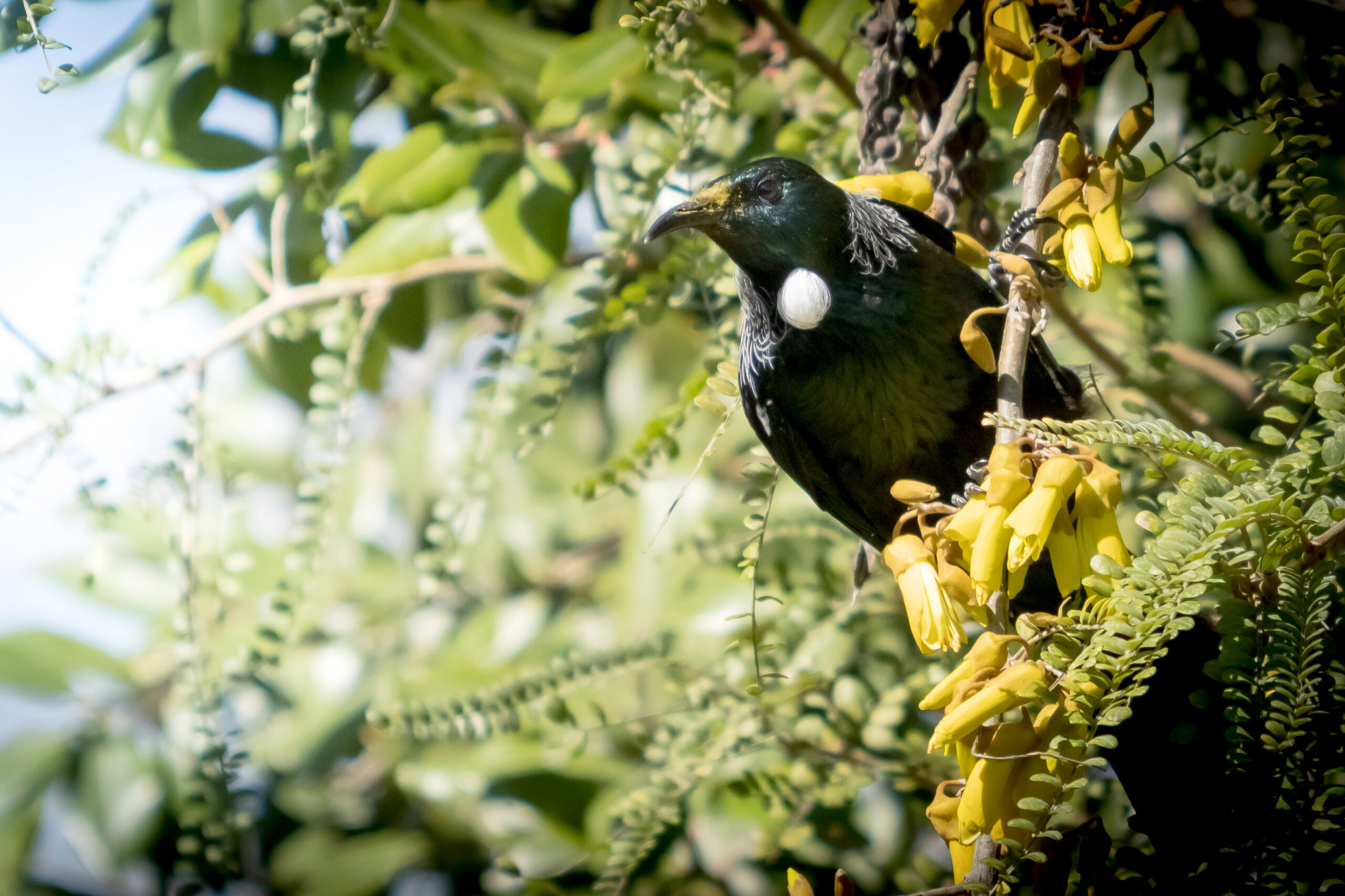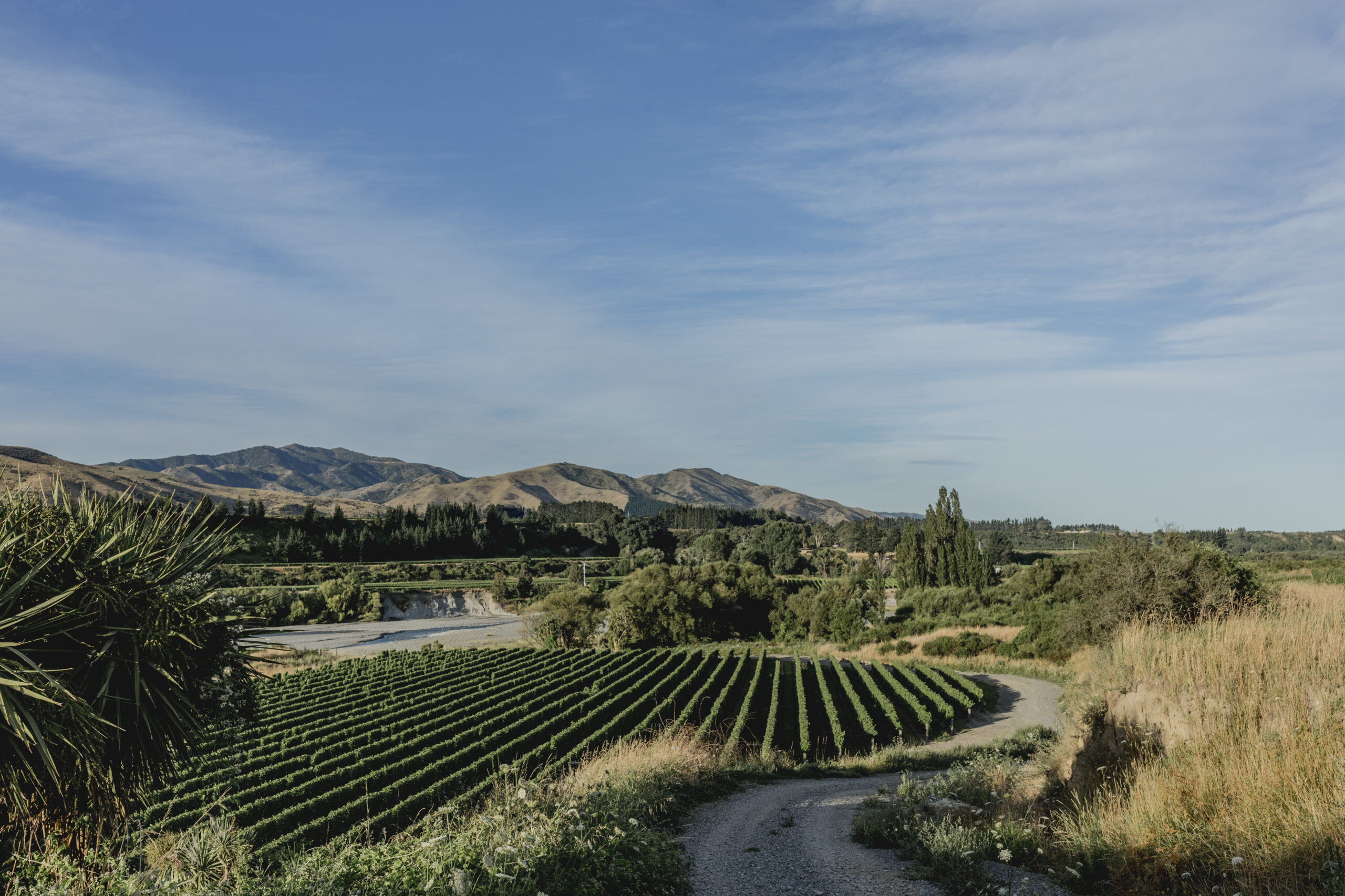Sanctuaries are a great way to see New Zealand’s native birds in their safe space. It gives you a glimpse into what New Zealand’s forests could still be like. Here are five sanctuaries to explore.
Words Makayla Wallace-Tidd
Tiritiri Matangi Island
Four kilometres east of Auckland is the pest-free island of Tiritiri Matangi. You can book a deal where you catch the ferry from Auckland and get a guided tour. Once there, walk the tracks that are full of native birds such as takahē, kōkako and the North Island robin. Visit Tiritiri Matangi
Sanctuary Mountain Maungatautari
This inland sanctuary is just a short 15 minute drive from Hamilton. It happens to be the biggest ecological restoration that’s now home to takahē, kiwi and the New Zealand kaka. There are multiple public walkways that offer a spectacular view of the native fauna. You can buy a one-day pass to explore on your own. Guided tours are available for booking online. Visit Sanctuary Mountain Maungatautari
Rainbow Springs Wildlife and Nature Park
One of New Zealand’s most popular family outings, here you can experience 13 native animal species, including the kiwi. You can see the species in their natural environment, amongst more than 90 native plants. Visit Rainbow Springs Wildlife and Nature Park
Zealandia: Karori Wildlife Sanctuary
This 252-hectare project is home to New Zealand’s native owl – the ruru (morepork). Experience the ruru and kiwi when visiting at night time or visit during the day to see Tuatara and Weka. Visit Zealandia
Orokonui Ecosanctuary
Located 20km north of Dunedin, this ecological restoration is a magnificent 307 hectares. A nine-kilometre predator-proof fence means the South Island kaka, South Island robin and the southern brown kiwi are safe. Bookings for guided tours are essential but there is the option for self-guided walking as well. Visit Orokonui Ecosanctuary
Explore New Zealand’s native wildlife in their special sanctuaries and really see what New Zealand forests could be like.





